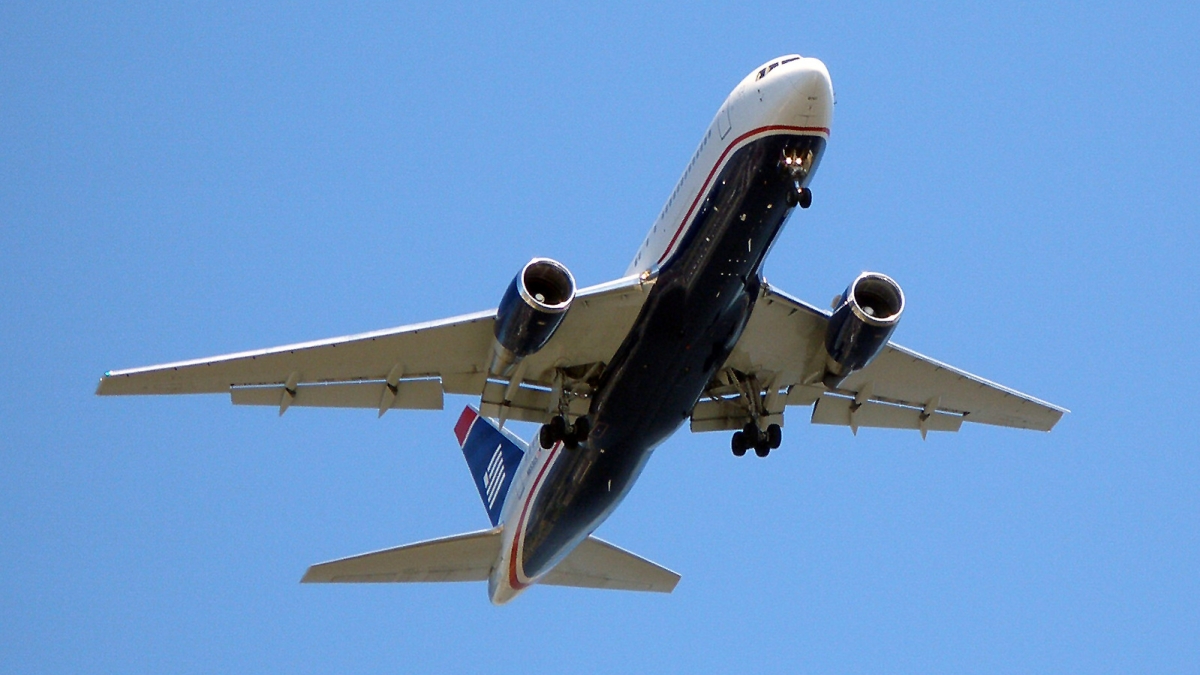Infectious disease spread fueled by international trade

According to an ASU researcher, along with international trade and travel comes the risk of spreading infectious diseases, a growing problem in today’s global economy. “The recent Ebola outbreak made us realize that we are all just a plane ride away from exposure to emerging infectious diseases,” said Charles Perrings, an ASU professor of environmental economics.
International trade and travel has literally opened up new vistas for humans, ranging from travel to exotic places to enjoying the products and services of those distant lands. But according to an ASU researcher, along with international trade and travel comes the risk of spreading infectious diseases, a growing problem in today’s global economy.
“The recent Ebola outbreak made us realize that we are all just a plane ride away from exposure to emerging infectious diseases,” said Charles Perrings, an ASU professor of environmental economics in the School of Life Sciences. Perrings recently published the paper, “Options for Managing the Infectious Animal and Plant Disease Risks of International Trade,” in the early online version of the journal Food Security.
The paper reported project results to an international conference, “Global Plant Health Risks and Consequences: Linking Science, Economics and Policy,” hosted by the British Food and Environment Research Agency and supported by the Organisation for Economic Cooperation and Development’s Cooperative Research Programme on Biological Resource Management for Sustainable Agricultural Systems. Perrings is the principle investigator of a project funded by the National Science Foundation-National Institutes of Health-U.S. Department of Agriculture Ecology and Evolution of Infectious Diseases program in collaboration with the U.K.’s Biotechnology and Biological Sciences Research Council.
In the paper, Perrings describes the growth of international trade since the 1950s and the increasingly tight coupling of developed and developing economies. The paper considers how the global community currently deals with trade-related infectious disease risks of animals and plants, and asks how the system could be made more effective.
An example of the impact of an infectious disease came in 2001 in the UK when an outbreak of hoof and mouth disease cost some $10 billion and more than 2 million sheep and cattle had to be destroyed, Perrings said. More recently, African swine fever — a much more serious disease of pigs — has been spread in the Caucasus region through trade in pork, pork product or through waste in trade vehicles.
“The more trade grows as a proportion of global production, the more likely it is that diseases will be spread through trade, and the higher the economic cost of resulting trade bans,” said Perrings, who is also a senior sustainability scientist in the Julie Ann Wrigley Global Institute of Sustainability. “What is at risk is the food we eat, the fibers we wear and build with, and the fuels we burn.”
“In addition, many infectious diseases that affect animals also affect people,” he said. “Zoonoses like SARS, MERS, HIV/AIDS or highly pathogenic avian influenza all originated in wild animals and were then spread person to person through trade and travel.”
Perrings said current instruments to control infectious diseases are far from adequate, as the recent report of the Harvard-London School of Hygiene and Tropical Medicine Independent Panel on the Global Response to Ebola, published in the Lancet, makes clear.
“There are two problems to address,” he said. “One is that disease spread is an unintended (external) effect of trade. To solve this problem, exporters and importers need to be confronted with the risks they impose on consumers.
“The other is that the control of infectious disease is a public good — the benefits it offers are freely available to all, and so will be undersupplied if left to the market,” he said. “To solve this problem we need to undertake cooperative, collective control of infectious diseases at the source.”
Perrings said options for solving both problems include the use of payments for risk reduction in developing countries and the development of a global fund for infectious disease control.
At the moment countries have the right (through the Sanitary and Phytosanitary Agreement) to act in their own defense once a disease has been introduced. Their options are to control the outbreak and to reduce the chance of reinfection by banning trade with risky countries or in risky products. But this cannot stop the emergence of new diseases.
“The One Health Initiative suggests that what is needed is cooperative collective action to reduce risk at the source,” Perrings said. “This requires a partnership between the rich countries that have the resources to fund global prevention, and the poor countries where disease is most likely to emerge.”
“The management of infectious diseases of animals and plants, like the management of infectious diseases of people, is now a global problem that requires global solutions,” Perrings wrote. “This in turn requires a more strongly coordinated and cooperative approach than is currently allowed under the General Agreement on Tariffs and Trade (GATT) and the Sanitary and Phytosanitary Agreement.”
The School of Life Sciences is a unit of ASU's College of Liberal Arts and Sciences.
More Science and technology

Applying AI to microelectronics manufacturing
Rivers flow across the planet’s surface, carving deep valleys and intricate canyons. Likewise, makers of microelectronics direct…

Applied Materials invests in ASU to advance technology for a brighter future
For nearly 60 years, global giant Applied Materials has been hard at work engineering technology that continues to change how…

Meet ASU engineering students who are improving health care, computing and more
Furthering knowledge of water resource management, increasing the efficiency of manufacturing point-of-care health diagnostic…

